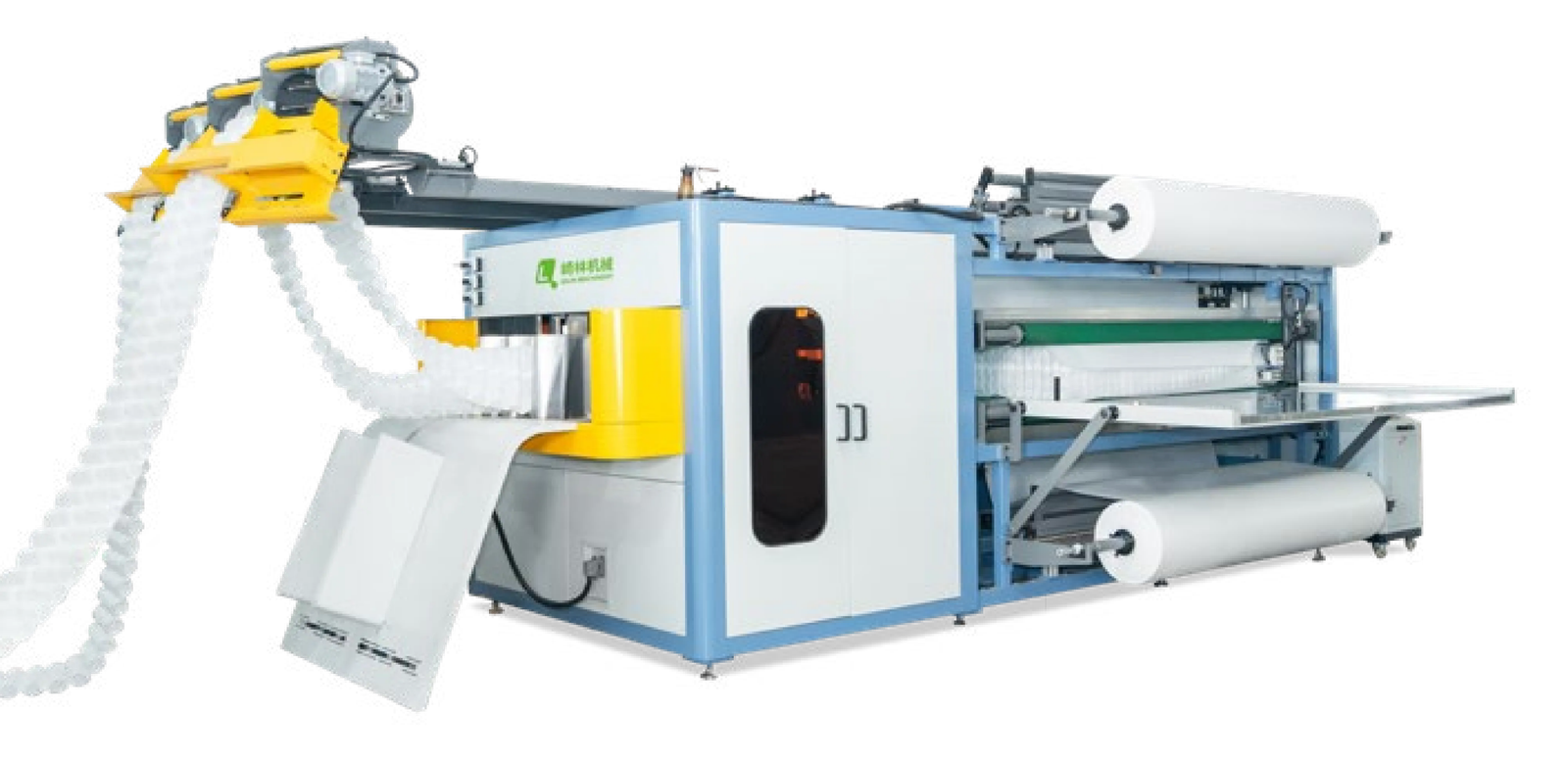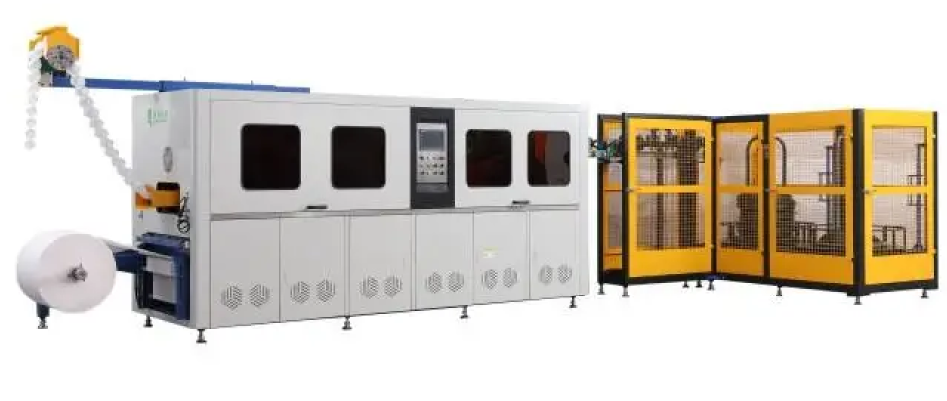
Factories today are under pressure—not just to deliver quality, but to reduce their environmental impact. Many are struggling to balance performance with sustainability.
Environmental protection in mattress machinery focuses on reducing energy use, managing waste, and using eco-friendly materials—while still delivering high-performance output.
This shift isn’t optional. It’s already reshaping how manufacturers like us design, produce, and package every piece of machinery we build.
Why is energy efficiency so important in mattress machinery?

High power bills and rising carbon regulations are squeezing factories across Southeast Asia and Europe. Traditional machines waste energy—modern ones don’t.
Our latest mattress machinery models use less power per unit while producing faster, cleaner, and more efficiently.
How we boost energy efficiency:
| Feature | Benefit |
|---|---|
| Servo motors | Lower power draw during operation |
| Smart standby modes | Machines auto-sleep during downtime |
| Optimized airflow design | Reduces cooling needs and power loss |
Take our DF-X03 automatic compression machine—it uses just 22KW total power yet packs a mattress in 30 seconds. That’s 40% more efficient than older models.
What materials are used in an eco-friendly mattress machine?
Customers ask us: “Are your machines recyclable?” We say yes—and more.
We design our frames with recycled steel, use long-life parts to reduce replacements, and support biodegradable packaging materials.
Not just the machine itself, but the materials it works with matter. More and more clients are now using:
- Recycled PE film for wrapping
- FSC-certified paper roll options
- Water-based glue systems (low VOC)
We’ve even modified machines to work with these greener inputs—because sustainability shouldn’t mean compromise.
How does our machinery reduce production waste?
Waste means cost. And it’s not just product waste—it’s energy, time, and material waste.
We design machinery that minimizes offcuts, reduces glue usage, and offers smarter material feed systems.
Practical waste-reduction examples:
- Spring bagging machines that auto-stop when fabric runs out—no empty bags.
- Auto-glue machines that spray only where needed—no drips, no mess.
- DF-J01 roll-pack machine that compresses down to 29cm—cutting 60% on logistics space.
All of this adds up. One European customer reported 18% less packaging waste after switching to our DF-F09 kraft paper solution.
What emission controls are built into the machines?
Clean air isn’t just a buzzword—it’s a regulation in many of our key markets.
From dust filters to glue fume extraction, we’ve built emission control into every stage of our machines.
For example:
- Hot melt gluing stations: include HEPA-grade smoke filters
- Fabric cutting sections: use enclosed designs to reduce micro-dust
- Compressor systems: are fully sealed to prevent oil leaks or vapor emissions
These features help our buyers meet ISO 14001 or even LEED certification requirements.
How do we conserve water during production?
Unlike textile or dyeing factories, mattress machinery doesn’t use much water—but we still look for savings.
We’ve optimized our cleaning and testing processes to use minimal or recycled water systems.
Our closed-loop cooling system, for example, recirculates water within the line, cutting freshwater use by over 80%. In hot areas like Thailand or Vietnam, this makes a big difference in both cost and sustainability scores.
Do you analyze the lifecycle impact of your machines?
We believe every machine we sell should be as green as it is powerful—not just at delivery, but across its entire life.
We perform lifecycle analysis (LCA) on every major machine, from material sourcing to end-of-life recycling.
This helps us:
- Use fewer but stronger components
- Reduce overall weight for shipping
- Select coatings that are solvent-free
- Build machines that can be disassembled and recycled easily
Our DF-Y06, for instance, is designed for 15+ years of life with modular parts that can be reused—even after upgrades.
What about packaging—can it be eco-friendly too?
Yes—and we actively help clients cut plastic use.
We support kraft paper wrapping, recyclable PE film, and shrinkless options where possible.
Our DF-F09 model is specifically built for kraft rolls, allowing you to ditch plastic and meet stricter packaging laws—especially in Europe.
One of our clients in the Netherlands reduced plastic usage by 70% in one year with this machine. That’s not just eco—it’s smart business.
Are renewable energy systems part of your manufacturing?
Yes—our own workshop in Foshan is already integrating rooftop solar.
And many of our clients are pairing our machines with solar or wind-based factory power.
Because our equipment has stable voltage requirements and energy-efficient motors, it works very well with renewable setups.
We provide load charts and energy specs so your engineers can plan solar integration with ease.
How do new technologies make mattress production more eco-friendly?
Less waste, less energy, fewer steps—that’s what smart tech offers.
We’re using AI logic to optimize machine flow, servo control to reduce overuse, and modular designs to extend machine lifespan.
Examples:
- DF-X17 line: one machine replaces five manual operations
- DF-J02 pillow packer: reduces compressed air needs by 30%
- Smart PLCs: track usage patterns and recommend maintenance before faults
These upgrades reduce overproduction, extend tooling life, and create quieter, cooler, cleaner factories.
Conclusion
Green technology in mattress machinery is no longer just a trend—it’s becoming the standard. Lower waste, cleaner energy, smarter materials. That’s how we protect both your factory and our planet.
